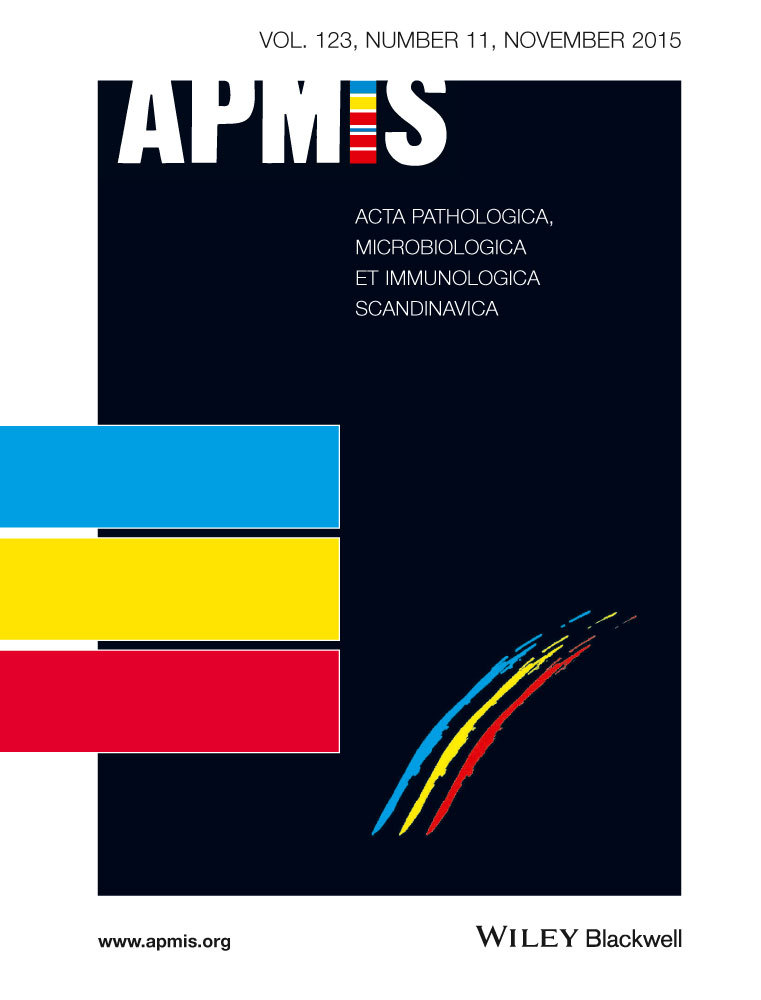A molecular marker of disease activity in autoimmune liver diseases with histopathological correlation; FoXp3/RORγt ratio
Abstract
Autoimmune liver diseases (AILDs) encompass a group of diseases with variable clinicopathological manifestations. Th17 and Treg cells have roles in the pathogenesis of AILDs with a balance shifted towards a relative increase in activity of the Th17 cells. In this study, the balance between the transcription factors of Treg and Th17 cells (FoXp3 and RORγt) was sought as a molecular marker of disease activity and to highlight the pathogenesis. The peripheral blood samples of 46 treatment-naive patients were collected and RNA was extracted. Real time PCR was performed and the ratio of gene expression was calculated. Histopathology of 18 patients was obtained and the activity score of these biopsies were also corroborated with their respective molecular (FoXp3/RORγt) (FRGT=FoXp3-ROR Gamma T) ratio. The FRGT ratio in healthy individuals was close to 1 and in disease the ratio changed significantly. This ratio (FRGT) was not significantly different in different varieties of AILD or in adult or paediatric form of the disease. However, the ratio remained consistently below 1 (mean 0.3) in acute disease and high (mean 224.7) in chronic or asymptomatic form of the disease (p < 0.001). The histopathological activity score also significantly correlated with the ratio. This signified the relative excess of Th17 (RORγt) in active disease as compared to Treg (FoXp3) and the reverse in chronic form. This ratio can be an important peripheral molecular marker to assess the disease activity without the necessity of performing a liver biopsy.




